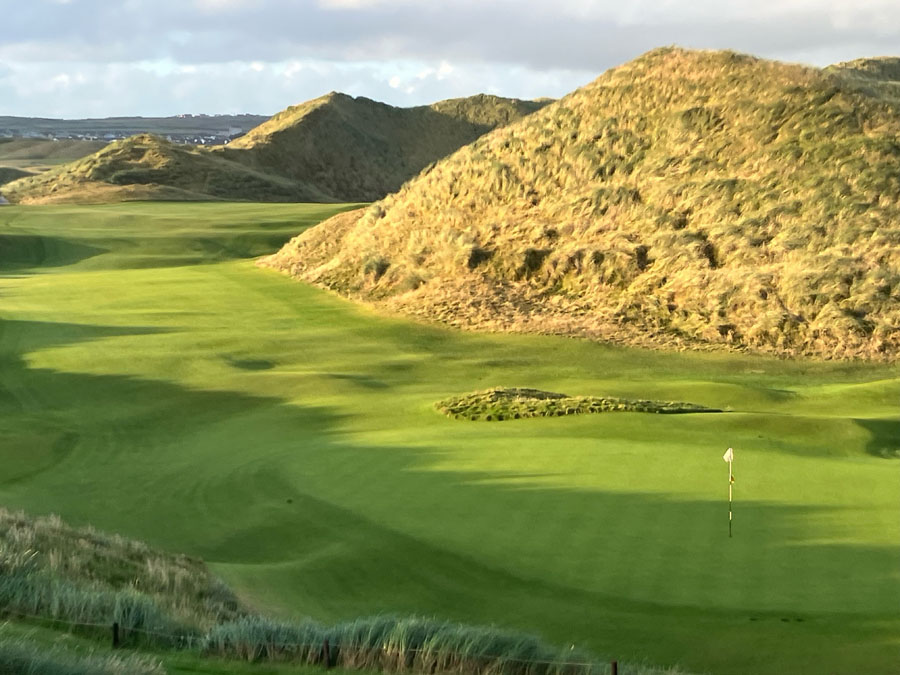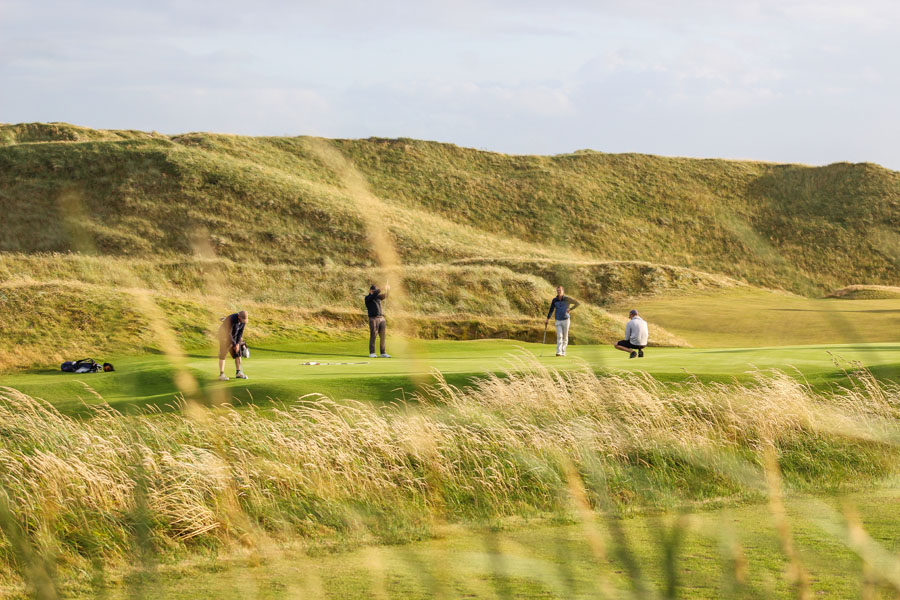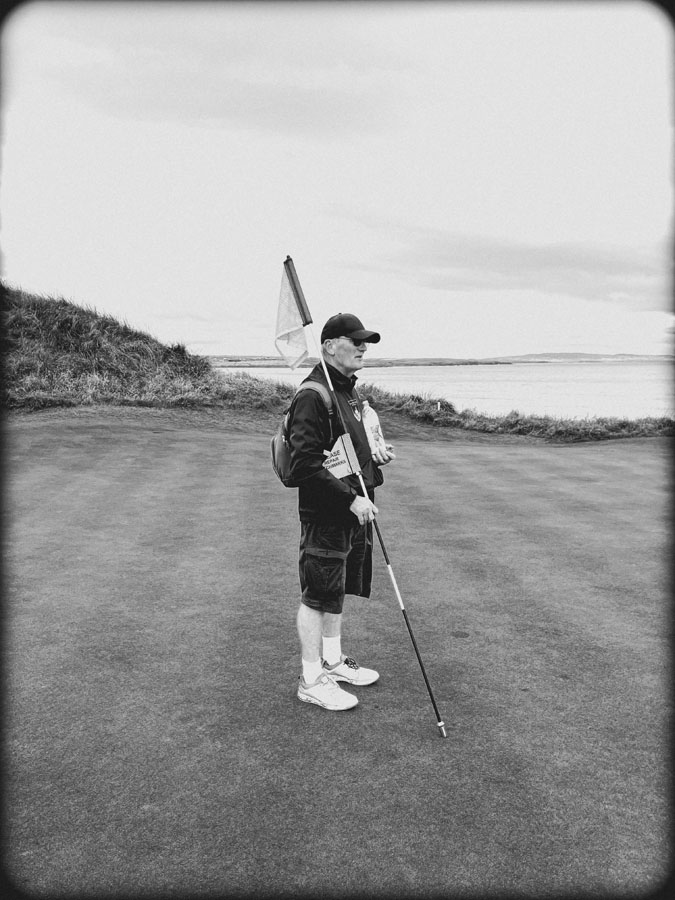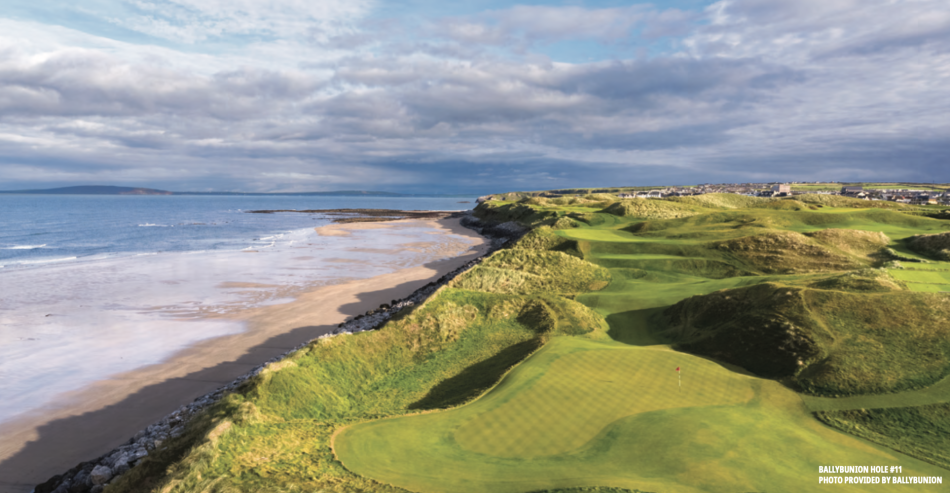2025 Colorado Getaways: Steamboat Springs
Steamboat Springs is like a secret only you and your friends know
By Jim Bebbington
There’s an old saying that the best Scottish links courses are in Ireland.

Scotland may have invented the game, but it cannot be blamed if its sand dunes along the coastlines of some of its most prestigious coastal courses can’t carry a Guinness compared to the Irish west coast.
But for players who are seeking dunes golf at some of its most extreme – it is best to go to the old sod.
Part of the charm of visiting Ireland’s southwest coast courses is how close the towns and villages there are to the capitol city of Dublin – but how far they feel. Ireland is 175 miles wide – less than a drive from Denver to Aspen. A rental van with a stick shift – after one gets accustomed to shifting with your left hand – can get you coast to coast in a little over three hours.
But once you are on the west side, you will discover an emerald chain of charming towns up and down the coastline that makes the region feel special and remote. The ocean is nearly always in sight. This is nearly as far west as Europe gets – only Iceland is further out. Some of the views in southwest Ireland are stunning, as hills and countryside were formed partly through volcanic eruptions. Some of the coastal mountain ranges look a little like Hawaii.

Charm comes at a cost. Driving up and down the west coast to visit its golf beauties – dream destinations like Lahinch, Waterville, Tralee and Ballybunion– can take hours longer than similar distances in the U.S. There is not one foot of straight road anywhere, and the twists make day-planning vital. One simply does not ‘bop over’ from one course to another; at least not quickly.
(Last summer, one group of Americans – young tech bros or trust fund babies by appearance – were loudly proclaiming in the Tralee Golf Club pro shop how much great golf they had managed to play in just a week. They did it by flying between courses in helicopters.)
And for a dunes experience that can rival nearly anything in the world, golfers for decades have wound their way through the narrow roads to one course: Ballybunion.
The Ballybunion Old Course is known for many things today. It is the course that Tom Watson helped make famous, raving about it during the 1970s. Other pros followed, and golf writers then swarmed. It has been listed as one of the best courses in the world more times than they can keep track of; it is currently No. 10 on Golf Digest’s list of the World’s 100 Greatest Courses.

It is among several great tracts in the area, most of which are prevented from hosting large, high-profile tournaments primarily by the remoteness and the sheer impossibility of bringing in large crowds.
Even the Irish Open has visited only once, in 2000. And so Ballybunion sits quietly on the Atlantic, just south of the mouth of the River Shannon, and provides one of the world’s great dunes golf experiences.
What is that experience like?
The course itself brags that “In early 1897, an article in the Irish Times, headed ‘The Golf Links of Kerry’, dismissed the recently opened Ballybunion Course with some contempt as “a rabbit warren below the village, where a golfer requires limitless patience and an inexhaustible supply of golf balls.”
Except for the fact that any visitor would be well-served to bring at least one extra sleeve of balls, that churlish description is unfair. Ballybunion is welcoming, gorgeous and charming.
The course begins with a short par 4 that has a small cemetery on the right side. Drives that slice into there and ricochet off a tombstone back onto the course are said to have been thrown back by the cemetery residents.
The signature challenge of Ballybunion becomes noticeable almost immediately on the front nine. The dunes that the course is built among at first help produce fairways with bounce and roll. By the second hole, they border both sides of the hole, making it crucial that shots stay in the fairway. The high rough begins immediately, and balls can trickle into them and never be seen again.

By No. 7, players with slices will have faced seven straight holes with OB or trouble on the right side. Now it’s the Atlantic Ocean. The course winds back inland just a bit, with still more steep, towering dunes alongside. The tricks keep coming from here – towering raised green on No. 9, a wild set of ‘steps’ – plateaus – that bring the No. 11 fairway back down the dunescape to the green.
The dunes experience at Ballybunion intensifies on the back nine. Just like Arnold Palmer’s nearby Tralee Golf Club, the back nine is closer to the water and the course uses every deep dunes-valley or towering dunes peak to its advantage. There is simply nothing else like it.
On No. 17, you will be distracted on the tee box by the stunning Atlantic views. The dogleg fairway narrows – of course it does – right at the most common landing spot and balls can easily roll through the fairway into the rough beyond.
By the time visitors walk off the 18th green for a pint, they can feel relieved and proud and lucky to have made it around this great course. What is exceptional about visiting the complex is that as magnificent as Ballybunion can be, sunsets when the clouds lift light the 17th fairway and green into a stunning contrast of shadows and light, its companion course, Cashen, can provide nearly as fine a time. Cashen was designed by Robert Trent Jones and brought online in 1984 – a relative pup in this kennel. But the sheer walls of the dunes there are just as formidable as on the Old Course.
The price is much cheaper – $150 per round compared to $450 for the Old Course during summer. But the dunes land is, if possible, even more severe. The canyons through which the Cashen fairways have been laid out catch and focus every single breath of wind off the ocean, making a round there possibly even more difficult than the Old Course.
RELATED: BEST OF THE REST IN SOUTHWEST IRELAND
BOOK YOUR BALLYBUNION TRIP WITH OUR PARTNER RED STAG TRAVEL CO.
Experience Ireland’s legendary links with Red Stag Travel Co. Custom golf journeys to Ballybunion, SW Ireland and beyond.
Expert planning, luxury accommodations, and authentic Irish experiences. 2026 group tours available or design your custom trip.
Visit RedStagTravelCo.com or email [email protected].
Jim Bebbington is the Director of Content at Colorado AvidGolfer and can be reached at [email protected]
Colorado AvidGolfer Magazine is the state’s leading resource for golf and the lifestyle that surrounds it, publishing eight issues annually and proudly delivering daily content via coloradoavidgolfer.com.
Steamboat Springs is like a secret only you and your friends know
Vail Valley is home to an endless array of summer outdoor pursuits